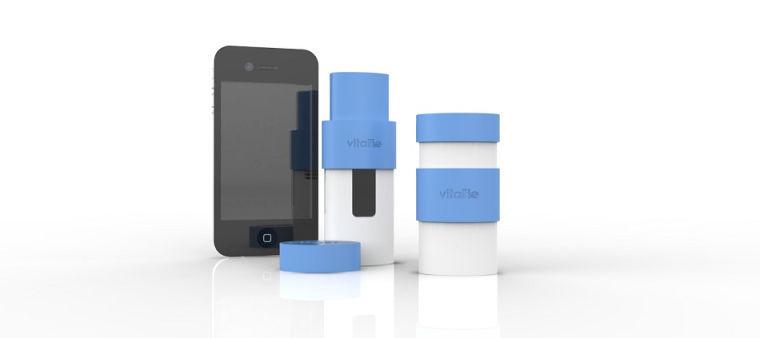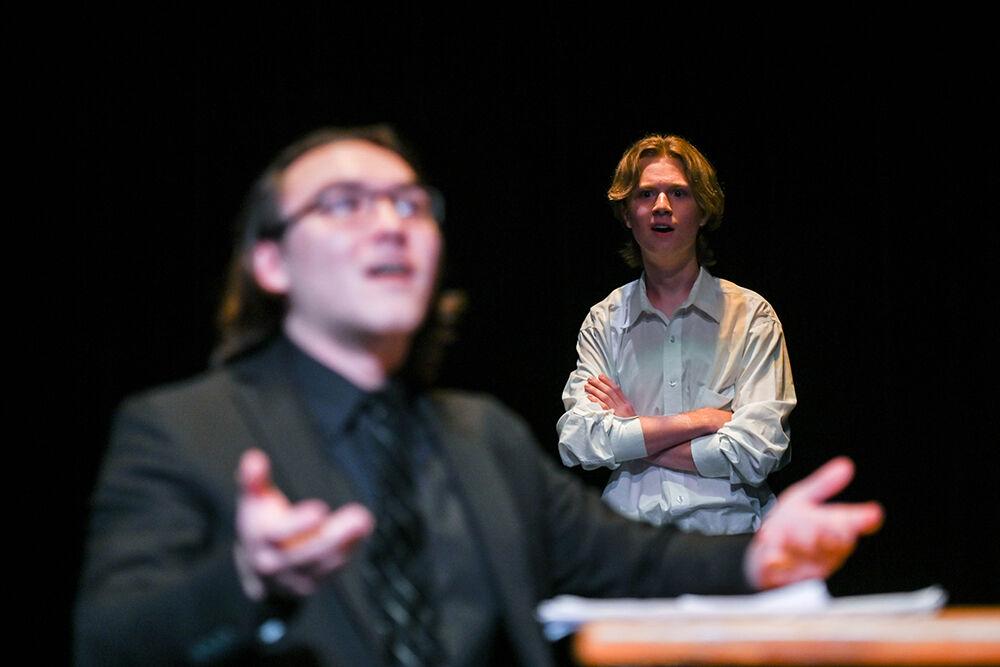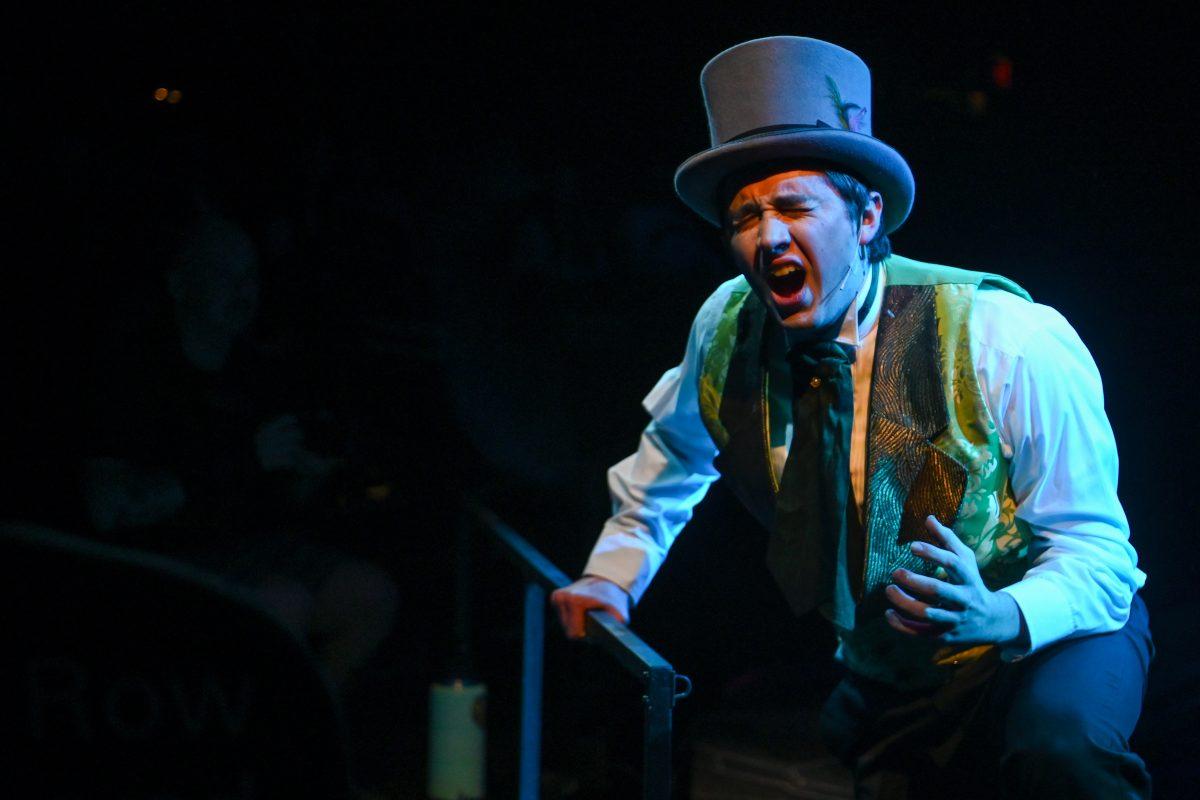In the United States, about 25 million people have asthma, or one out of every 12 people. The disease affects infants, school children, young adults and seniors, and the rate of diagnosis is rapidly growing.
So when James Dieffenderfer, a graduate student in biomedical engineering, Mike Brown, a graduate student in industrial design, and Leigh Johnson, a corporate digital strategy coordinator for Quintiles and an N.C. State alumna, learned about NASA Tech Briefs magazine’s “Create the Future” design contest, they knew they had their work cut out for them.
The trio developed VitalFlo, a wireless asthma-monitoring device, which offers those suffering from asthma and chronic obstructive pulmonary disease an easy and cost-effective way to test their breathing patterns.
“VitalFlo is a low-cost peak flow meter and spirometer that can be used for respiratory therapy in general,” Dieffenderfer said. “It’s wireless, so users can connect it with their smartphones or iPhones really easily.”
The team first met last fall in a product innovation lab, which allows students from various disciplines to come together to solve day-to-day problems.
“The product innovation lab pulled together engineering students, MBA students and industrial design students, and we were put in random groups together,” Johnson said. “We were given a general problem [to solve] and we came up with [VitalFlo] after a semester of working on it.”
The idea for VitalFlo stemmed from a combination of the class assignment and the perceived need — fixing an everyday problem — and the group’s flow of potential solutions began.
“We had a choice of which problem we wanted to tackle and asthma is something that affects a huge portion of people,” Dieffenderfer said. “So having something that makes a physician’s life easier or a patient’s life easier would affect a huge range of people.”
While the contest is completely independent of the University, the team has been able to keep close contact with and receive support from N.C. State.
“We’re sponsored through ASSIST, the engineering research center at N.C. State,” Brown said. “That’s really helped because we have been able to apply for a lot of contests through there.”
Though the product is still being finalized, the team spent a semester getting VitalFlo into contest-ready condition.
“The class was one semester, which included going through the problems and picking one and figuring out the solution we wanted to go with,” Johnson said. “At the end, we had a proposal for final products — a plan we wanted to use with the product.”
According to Johnson, each team member played a vital role in the production and outcome of the design and execution process.
“I’m an MBA, so I headed our customer research and worked on our business, financial and marketing plans,” Johnson said.
Brown took the lead on the body design portion of the project, using his artistic ability to create a competitive product.
“I headed the competitor research and product design standpoint,” Brown said. “I made charts of all the similar products and figured out where our product would fall in relation to them.”
Dieffenderfer said he was put in charge of VitalFlo’s internal design, a role he has continued since the contest concluded.
“I did the guts of the device,” Dieffenderfer said. “I was in charge of designing the program, the hardware and the circuits that bring everything together. As we continue to develop the device, I’m still trying to figure out how it can be better.”
Johnson said VitalFlo’s upward momentum has continued since the announcement of the contest winners.
“We ended up doing an independent study and got a provisional patent, so we could have a better idea of if our device was accurate and how it compared to other products in the same market,” Johnson said. “We’re still working on it — it has been more than a year since we started.”
According to Brown, what started as a class project has gained more attention and potential than the team could have hoped.
“We’ve kind of gotten further than any of us expected us to go,” Brown said. “This competition opened up a lot of doors for us. Right now, we’re really looking for someone to pick us up financially and help us continue [our research].”
Johnson said the team is working on partnering with larger, more recognizable healthcare companies, and wants to utilize the bigger names to get VitalFlo into a more competitive market.
According to Dieffenderfer, he hopes the future will bring more improvements to the product, including a self-sustaining device that will eliminate the need for a battery, decreasing consumer costs.
“We found this out after the fact that blowing into the device creates a lot of energy that you could store in some capacity in the device for another time,” Dieffenderfer said. “Our device is really low power — we designed it so it had a long battery life. Potentially we’re looking at having a device that has no battery and runs itself, but still connects to your phone and makes an asthmatic’s life a lot easier.”








